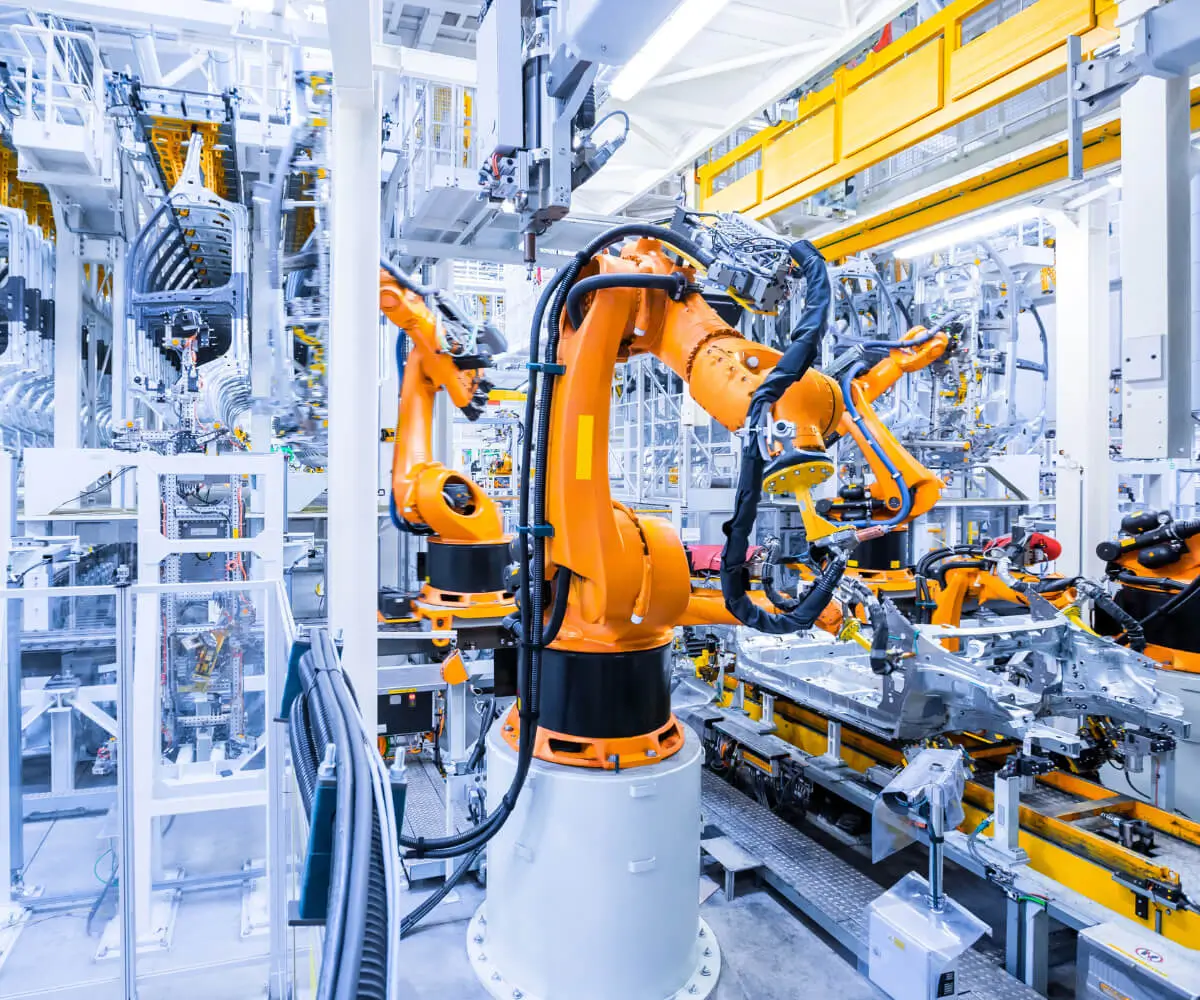Unlocking Precision and Power: The Versatile World of Gear Reduction Variable Speed Motors
In the fast-evolving landscape of industrial machinery and automation, the quest for enhanced performance, efficiency, and control remains relentless. Among the technological marvels driving this progress, gear reduction variable speed motors stand out as a cornerstone of modern mechanical design. They symbolize a perfect blend of power, flexibility, and precision—features that are increasingly vital in applications ranging from manufacturing to robotics, from aerospace to renewable energy.

But what exactly makes these motors so remarkable, and why are they rapidly gaining prominence across diverse sectors? To understand this, we need to peel back the layers of their structure and function, appreciating how they fuse the fundamental principles of mechanics with the finesse of electronic control systems.
At the heart of a gear reduction variable speed motor lies a simple yet elegant concept: controlling the rotational speed and torque output by combining variable speed drive technology with a strategic gearbox. This combination enables machinery to operate at ideal speeds while delivering sufficient torque exactly where it’s needed.
The Foundation: Variable Speed Drive Technology
Variable speed drives (VSDs), also known as adjustable frequency drives (AFDs), are electronic systems designed to manipulate the power supplied to an electric motor, adjusting its speed and torque output seamlessly. By varying the frequency and voltage supplied to the motor, VSDs allow for precise control over motor speed without the need for complex mechanical modifications.
This capability is transformative. Instead of running machinery at a fixed speed, operators can fine-tune operation to optimize performance, reduce energy consumption, and prolong equipment lifespan. Think of doing the same with a bicycle—being able to shift gears and adapt your pedaling effort to the terrain makes for a smoother ride, saving energy and reducing strain. VSDs bring this kind of adaptability to industrial motors.
The Role of Gear Reduction
However, controlling speed electronically isn't always enough, especially when dealing with heavy loads or high-torque requirements. That’s where gear reduction comes into play. The gear train acts as a set of mechanical “throttles,” reducing the motor’s high, potentially unwieldy rotational speed into a more manageable, usable output.
Gears can multiply torque, reduce speed, or both—depending on their configuration. For example, a simple gear reduction stage might turn a high-speed motor output into a lower, more powerful rotational force suitable for driving conveyor belts, lifts, or robotic arms. It’s akin to shifting into a lower gear in a car to climb a hill—you gain torque at the expense of speed.
When integrated with a variable speed motor, gear reduction ensures that the machinery can operate across a broad spectrum of speeds and load conditions while maintaining optimal torque. This dynamic flexibility is critical in applications where both precision and power are necessary.
Combining Control and Power: A Synergy
The real magic happens when the variable speed drive and gear reduction are combined into a single system—the gear reduction variable speed motor. This synergy offers the following advantages:
Enhanced Efficiency: By tailoring the motor's operation to specific load conditions via the VSD, energy waste is minimized. Improved Torque Output: Gears amplify torque where needed, making the system suitable for heavy-duty applications without overloading the motor. Wide Range of Speed Control: The VSD allows for precise speed regulation across a broad spectrum, from near-stall conditions to high-speed operation. Reduced Mechanical Stress: Smooth acceleration and deceleration help extend equipment lifespan and reduce maintenance costs. Versatility: These systems can be adapted to various industry needs, from small-scale precision tasks to large-scale manufacturing.
Practical Applications: Where the Magic Happens
Manufacturers worldwide have embraced gear reduction variable speed motors due to their adaptability. In manufacturing plants, these motors drive conveyor belts, robotic arms, and packaging systems, offering the nuanced control needed for delicate tasks or high-speed operations.
In the realm of renewable energy, especially wind turbines, they play a role in adjusting rotor speeds to optimize energy harvesting regardless of wind conditions. Similarly, in HVAC systems, they modulate fan speeds and pump flow rates efficiently, saving energy and reducing noise.
Even in the automotive industry, these motors are integral to electric vehicles’ powertrains, providing precise torque and speed control to enhance performance and safety. Their ability to deliver high torque at low speeds—without sacrificing overall efficiency—makes them indispensable.
Challenges and Considerations
Despite their numerous benefits, deploying gear reduction variable speed motors does come with challenges. Proper sizing and tuning are crucial—choosing the right gear ratios, motor specifications, and control parameters can make or break system performance.
Additionally, gear wear and maintenance are factors to keep in mind; high-quality gears and lubrication help extend their life. Noise and vibration can also be issues, especially in older or poorly designed systems, requiring careful engineering considerations.
Nevertheless, advancements in materials, gear manufacturing, and electronic control systems continue to push the boundaries of what these motors can achieve. With ever-increasing integration of smart sensors and IoT connectivity, modern gear reduction variable speed motors are evolving into intelligent, self-optimizing systems that can report their health and adjust operation autonomously.
I will provide the second part, continuing from here with more insights into specific applications, future trends, and a closer look at technological innovations, in my next message. Would you like to proceed?
Leveraging innovations in modular drive technology, Kpower integrates high-performance motors, precision reducers, and multi-protocol control systems to provide efficient and customized smart drive system solutions.




































